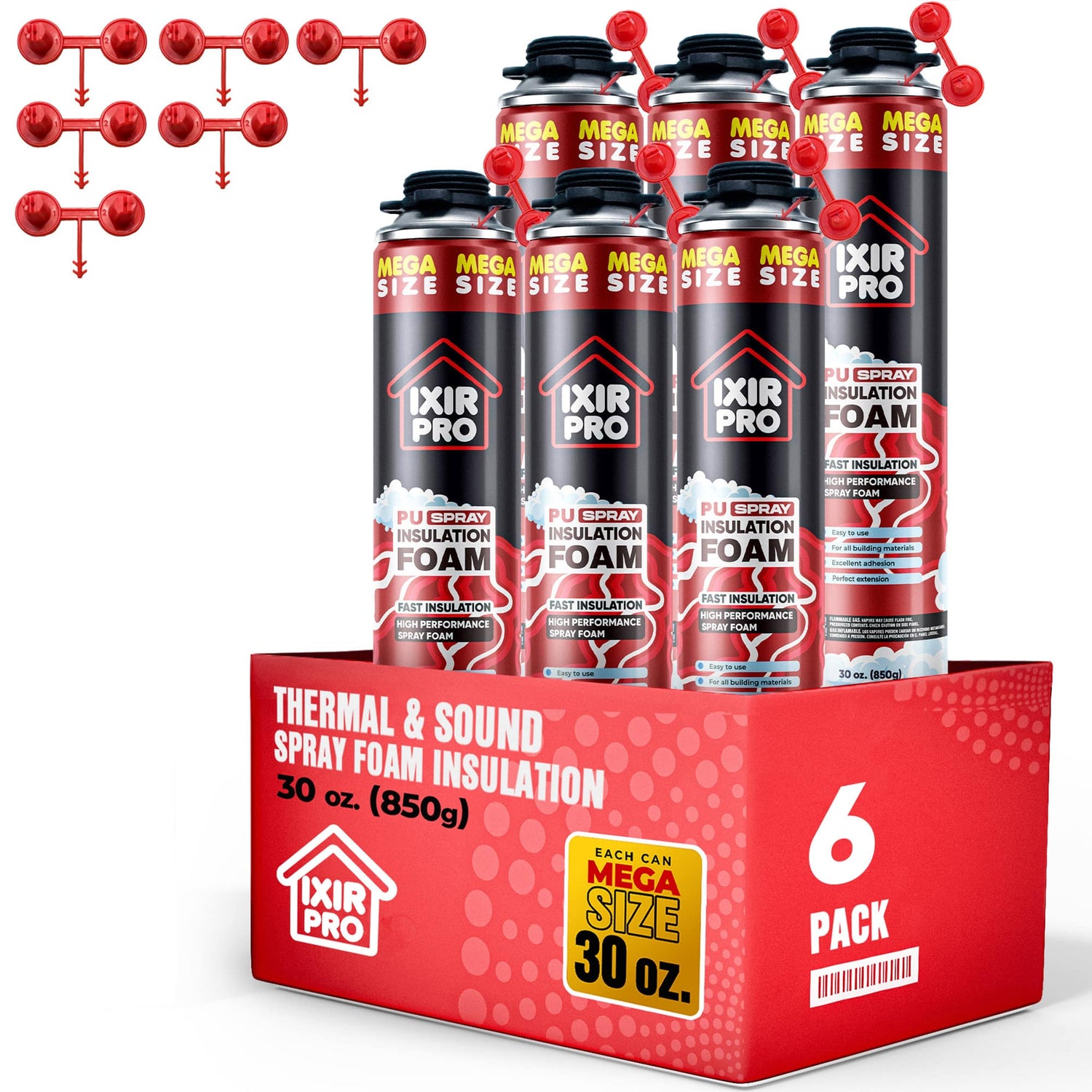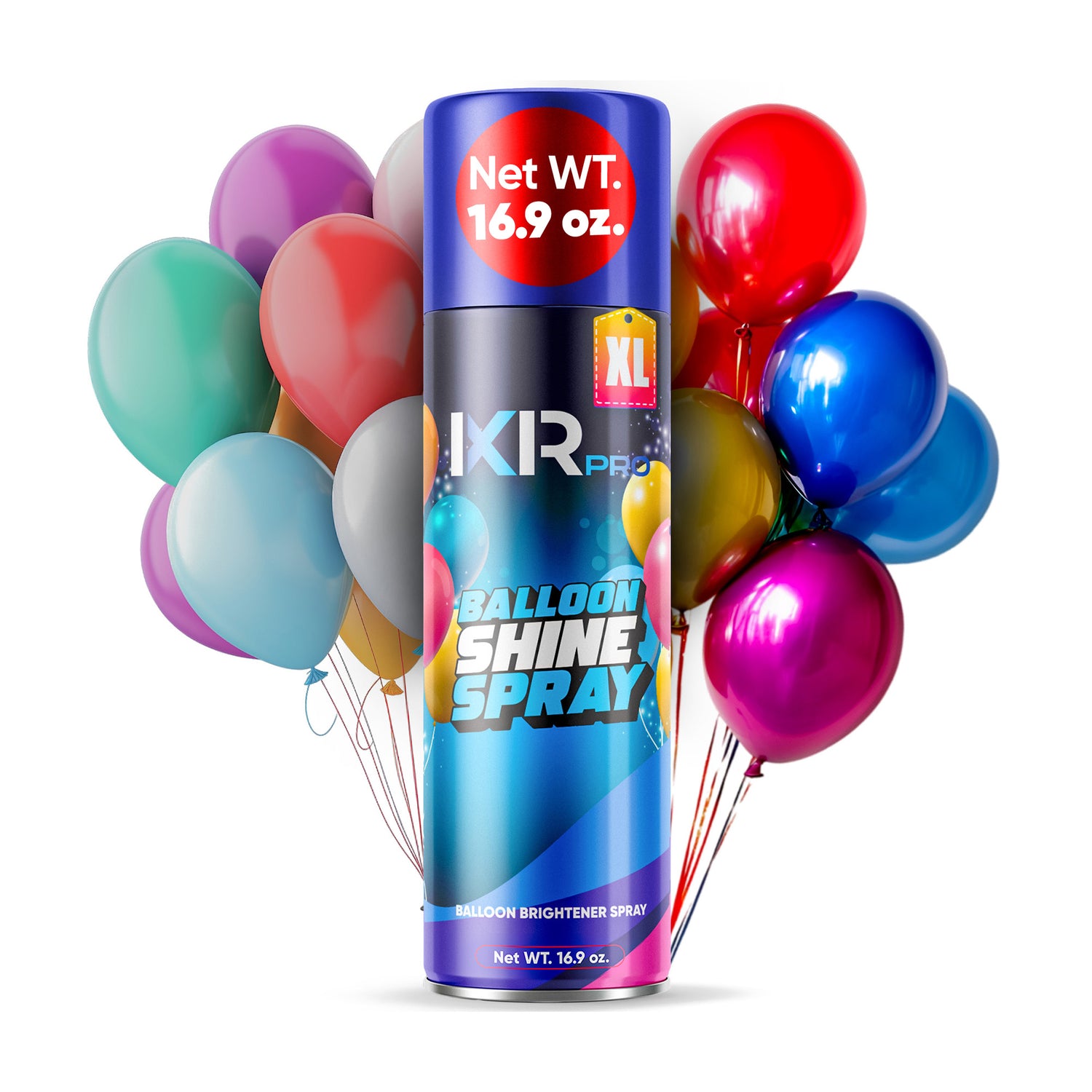CA Glue with Activator, also known as cyanoacrylate glue with accelerator spray, is one of the most versatile adhesives used in woodworking, DIY, crafts, and repairs. Its ability to bond almost instantly and work on a wide variety of surfaces makes it a must-have product for both professionals and hobbyists.
In this guide, we’ll explore:
-
Which surfaces CA Glue with Activator works best on
-
The benefits of using it compared to regular adhesives
-
The differences between thin, medium, and thick CA glue
-
Practical FAQs to help you choose the right option
What Surfaces Can CA Glue with Activator Be Used On?
One of the biggest advantages of CA Glue with Activator is its multi-surface compatibility. Here are the top surfaces it works well on:
-
Wood – Ideal for woodworking, cabinetry, and furniture repairs. Works on both softwoods and hardwoods.
-
Plastics – Bonds many plastics (like ABS, acrylic, PVC), though surfaces should be clean for best results.
-
Metal – Perfect for small-scale metal bonding, model making, or repairs.
-
Ceramic & Porcelain – Great for fixing broken mugs, tiles, and decorative pieces.
-
Rubber & Leather – Works well on flexible surfaces where instant bonding is required.
-
Glass – Can repair small cracks and chips when applied carefully.
Benefits of Using CA Glue with Activator
Using an activator spray alongside CA glue enhances its performance:
-
Instant Bonding – Cures in just seconds, no clamping required.
-
Stronger Joints – Activator ensures even curing for maximum durability.
-
Gap Filling – Thick CA glue with activator fills uneven joints.
-
Reduced Blooming – Helps minimize the white residue sometimes left on surfaces.
-
Professional Finish – Clean, fast, and reliable results with less mess.
Choosing the Right Viscosity: Thin, Medium, or Thick CA Glue
CA glue isn’t “one-size-fits-all.” Depending on your project, you’ll need to choose the right viscosity:
1. Thin CA Glue
-
Best for: Hairline cracks, tight joints, and porous surfaces like wood or ceramics.
-
Benefit: Low viscosity means it penetrates deep into surfaces for a hidden but strong bond.
2. Medium CA Glue
-
Best for: General-purpose repairs where surfaces fit reasonably well.
-
Benefit: Balanced option — not too runny, not too thick — ideal for everyday bonding.
3. Thick CA Glue
-
Best for: Gap filling, vertical applications, and irregular surfaces.
-
Benefit: High viscosity prevents dripping, creates a solid bond even when surfaces don’t fit perfectly.
Using an activator spray speeds up curing for all three types, ensuring strong results in seconds.
Frequently Asked Questions (FAQ)
1. What’s the difference between CA glue and CA glue with activator?
CA glue alone cures with moisture in the air, which can take longer. The activator accelerates curing, giving you instant results.
2. Can I use CA glue with activator on glass?
Yes, but apply sparingly to avoid visible marks. For structural glass repairs, epoxy may be better.
3. Which CA glue is best for woodworking?
Thin glue is perfect for hairline cracks, while medium or thick CA glue is best for joints and larger gaps.
4. Is CA glue with activator safe to use indoors?
Yes, but always use in a well-ventilated area and avoid skin contact.
5. Can I sand or paint over CA glue once it’s cured?
Yes, once hardened, it can be sanded smooth and painted over like wood filler.
Conclusion
CA Glue with Activator is a fast, reliable, and versatile adhesive solution for almost any project. Whether you’re repairing furniture, working on crafts, or tackling DIY fixes, the combination of thin, medium, and thick CA glues with activator spray ensures you’ll always have the right tool for the job.
If you want instant bonds, gap-filling strength, and professional results, CA glue with activator is the perfect choice.




















































































